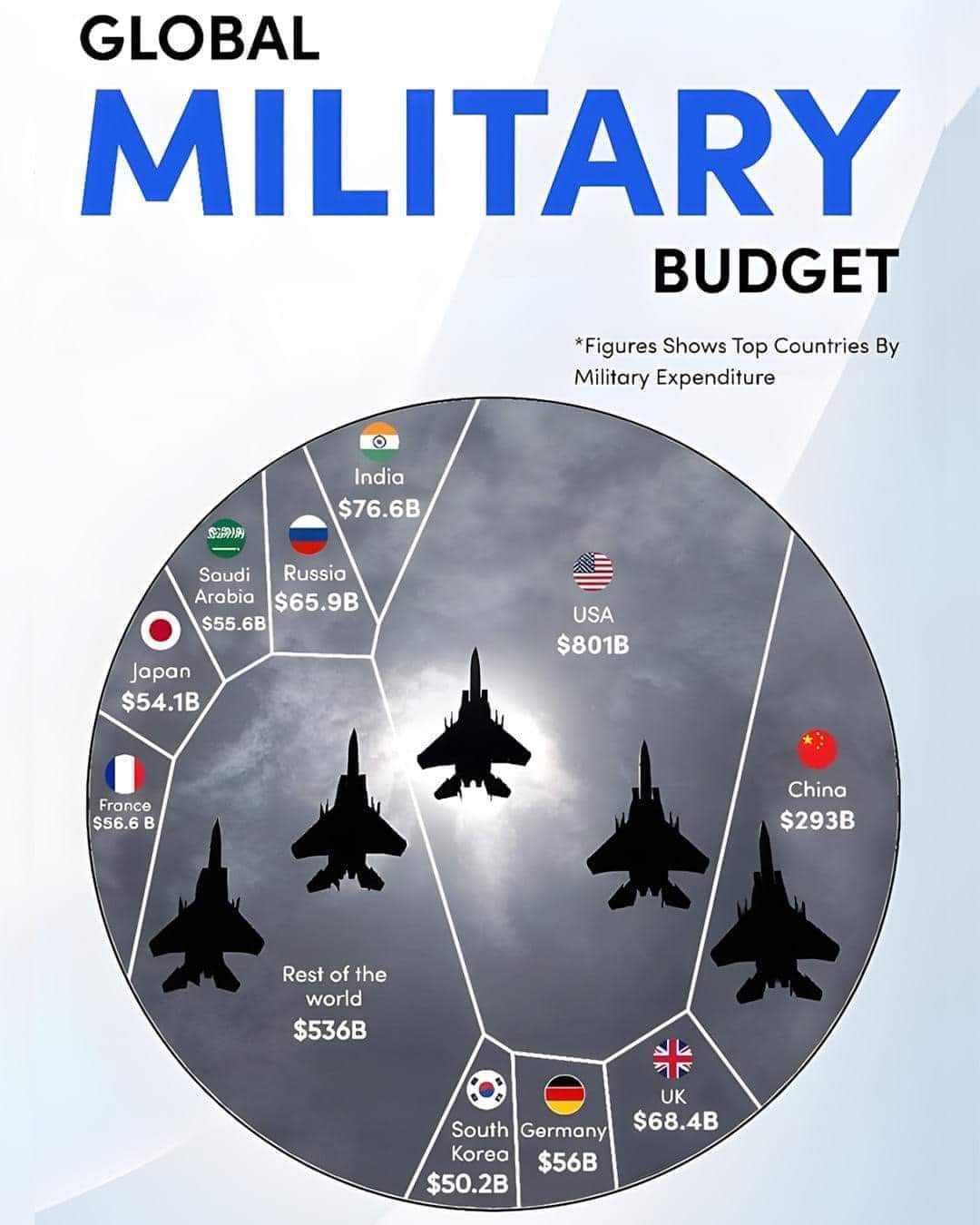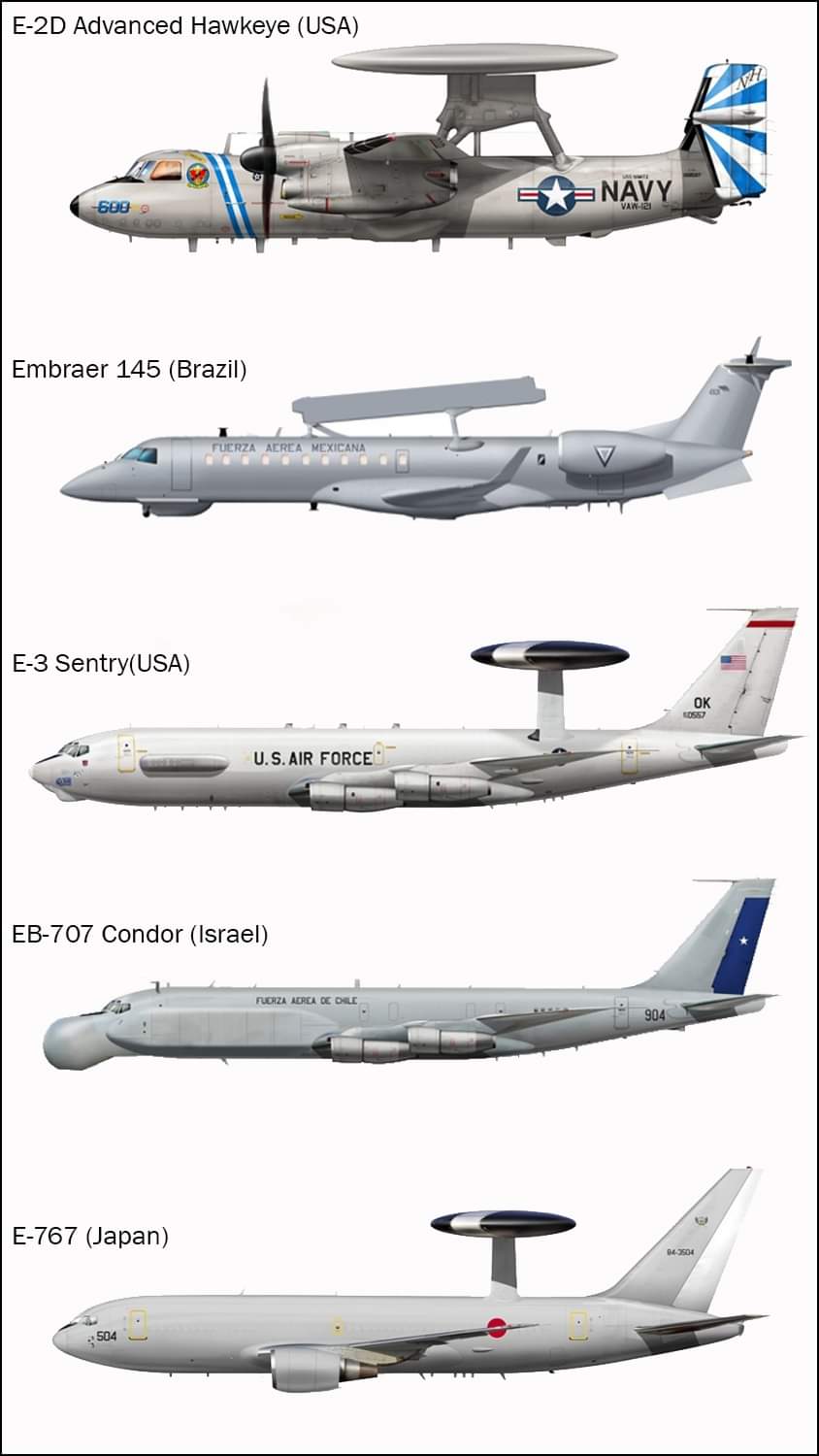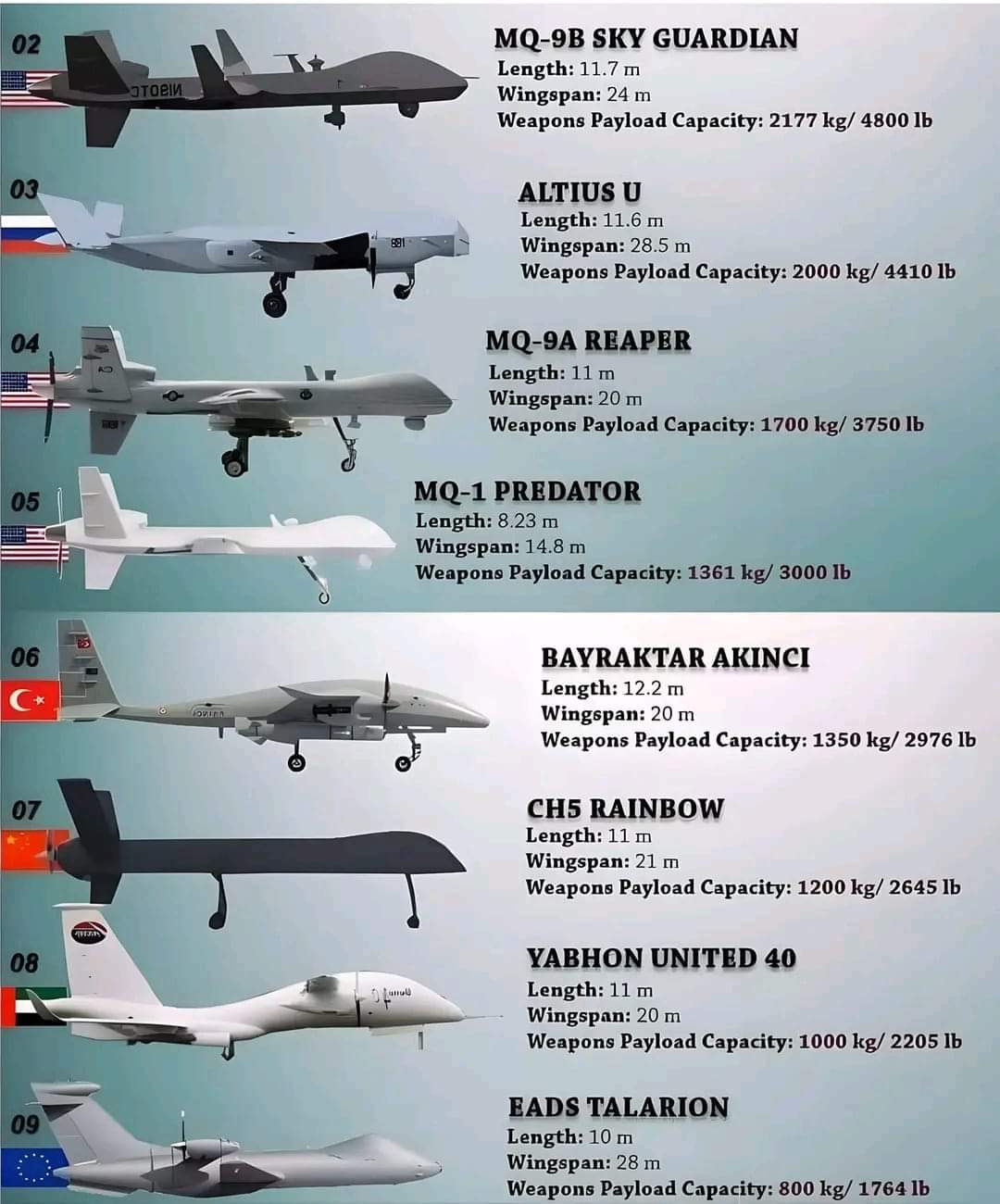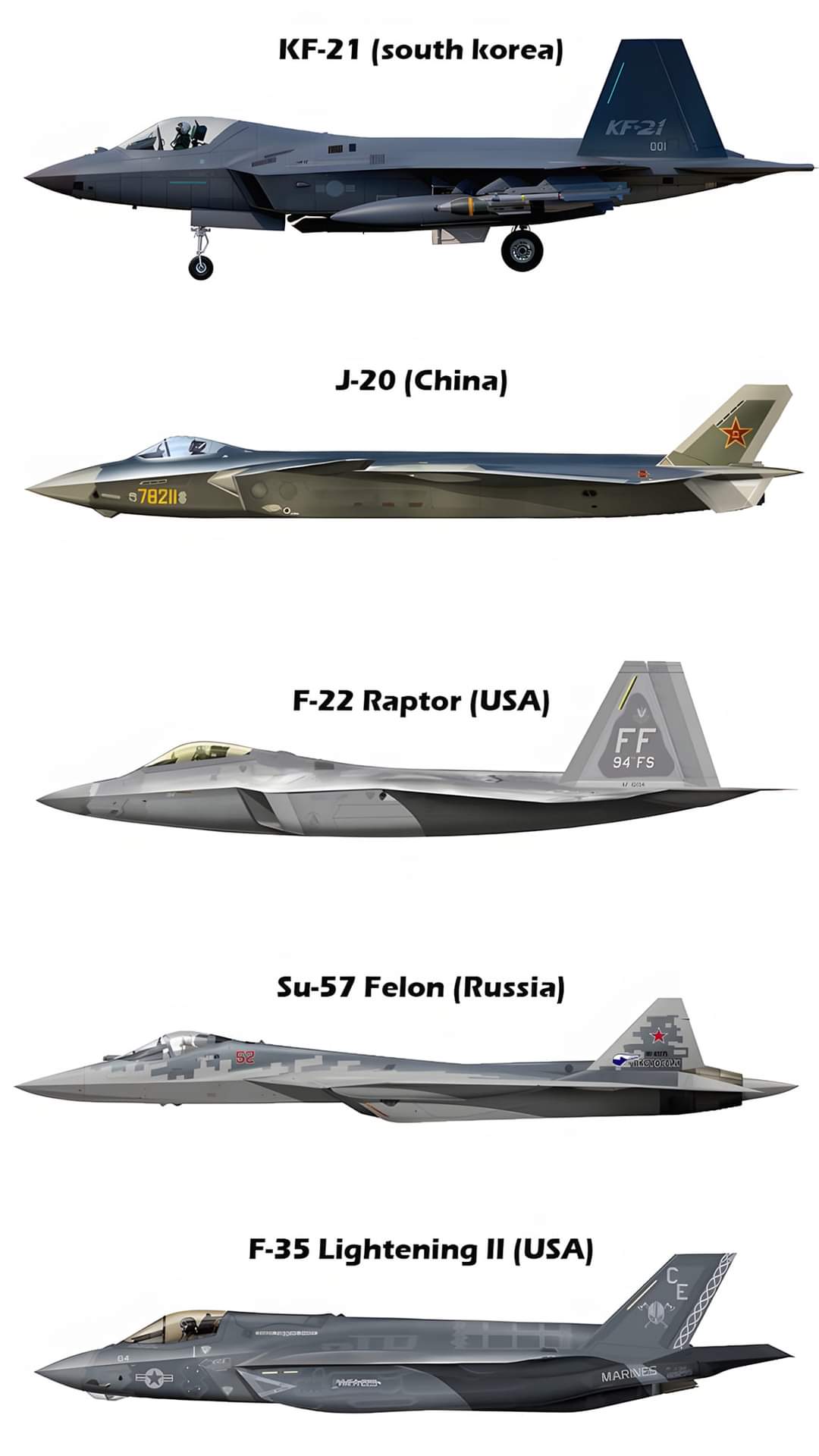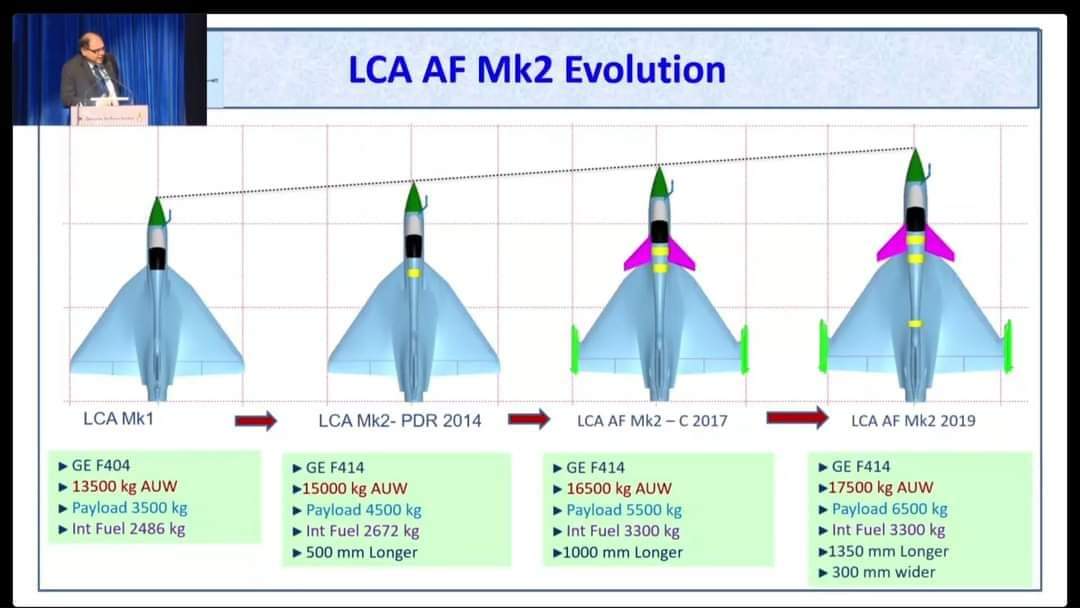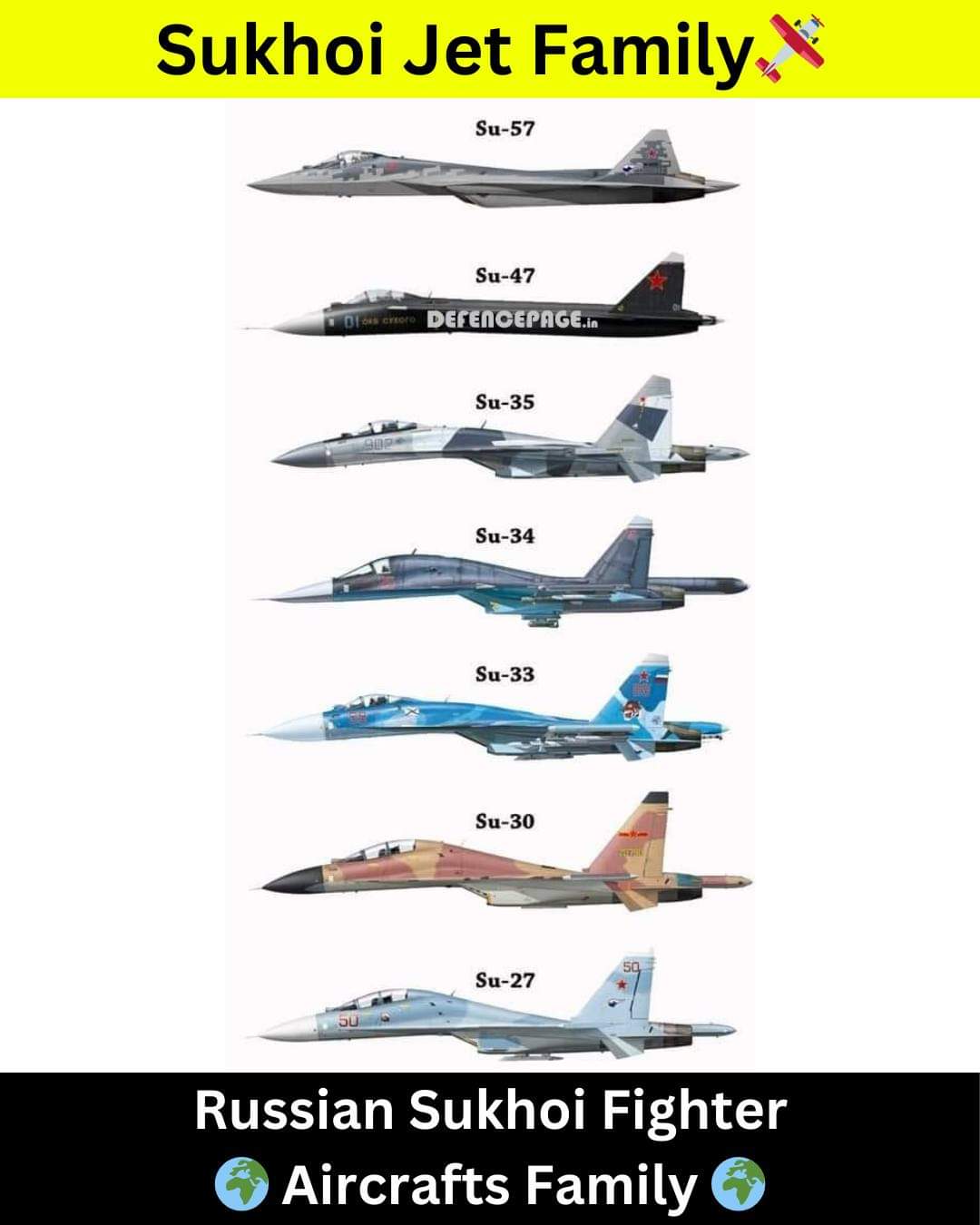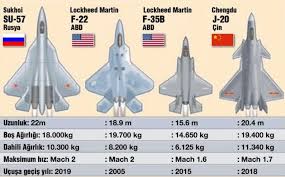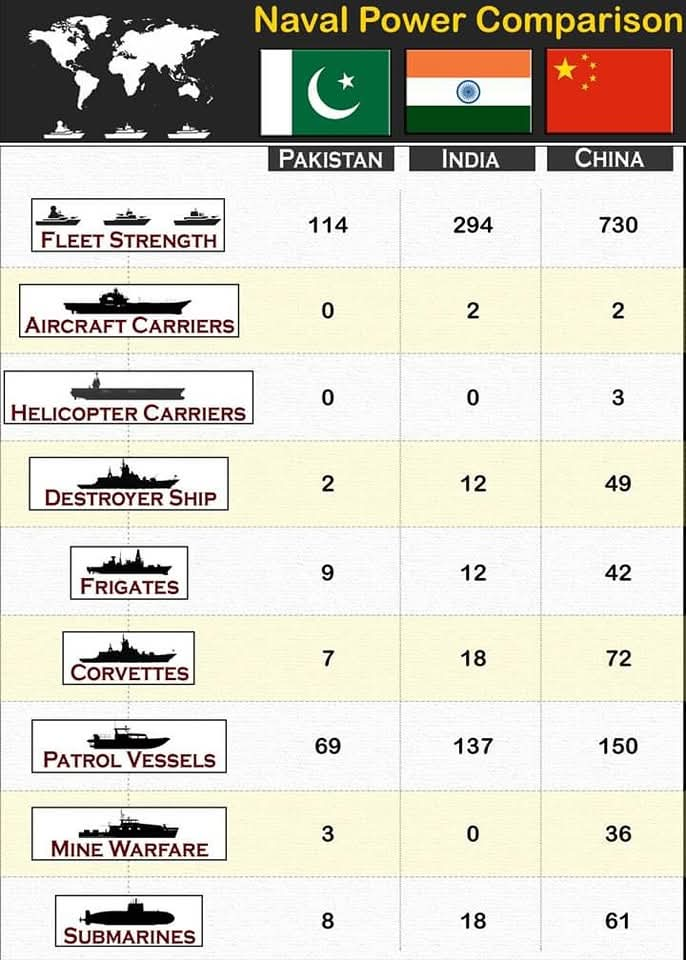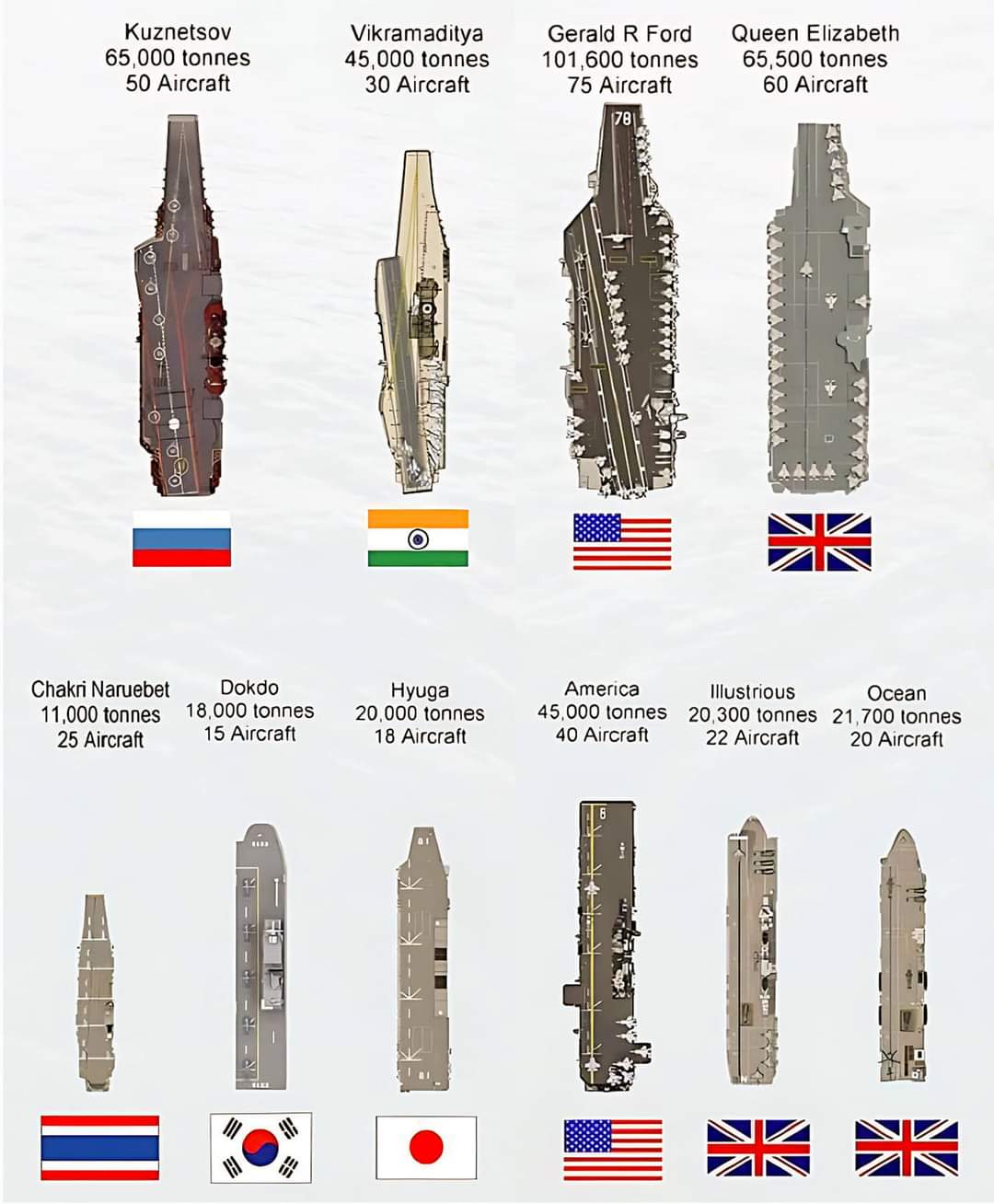
Wrote this article for the Media
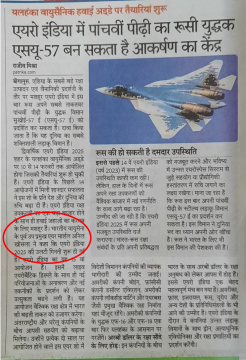
Air shows are events where aviation enthusiasts, industry professionals, and the general public gather to witness aerial displays and learn about the latest developments in aviation technology. These events typically combine trade exhibitions with public air displays. They include Aerobatic performances by military and civilian aircraft, demonstrations of fighter jets, helicopters, and commercial planes, static displays, trade exhibitions, and seminars. These air shows are a platform for launching new aircraft and technologies and promoting international aviation collaboration. Major international air shows include the Paris Air Show, Farnborough International Air Show (UK), Dubai Air Show (UAE), Singapore Air Show, MAKS Air Show (Russia), and Aero India.
Aero India, a global event for defence and aerospace stakeholders, is more than just a biennial air show and aerospace exhibition held at the Yelahanka Air Force Station in Bengaluru, India. It is a platform that unites the global aviation community, offering opportunities for collaboration and investment in the Indian defence sector. Organised by the Ministry of Defence, it is one of Asia’s most significant aerospace and defence events, showcasing both civilian and military aviation. The event includes displays by the Indian Air Force (IAF) and international aerobatic teams, static displays for public viewing, business exhibitions, seminars & conferences.
Building on the success of past editions, Aero India 2025 is set to be a landmark event. Scheduled from February 10 to 14, 2025, the event has already garnered significant interest, with over 240 exhibitors confirming their participation. The first three days will be dedicated to business visitors, providing a platform for fruitful collaborations, while the final two days will be open to the public, offering a unique opportunity to witness the latest advancements in the aerospace and defence sectors. The anticipation is palpable as the defence strategic community and journalists are already discussing the new attractions expected to be unveiled during the show.
Highlights of Aero India 2023
Aero India 2023 was held from February 13 to 17. The event’s theme was “The Runway to a Billion Opportunities.” The event showcased India’s growing defence manufacturing capabilities and promoted the “Make in India, Make for the World” initiative. Over 800 defence companies (exhibitors, businesses, investors, start-ups, and MSMEs) from 80 countries attended, including major global players like Airbus, Boeing, and Lockheed Martin. The event saw a footfall of over seven lakh visitors. The main highlights of the event were:-
-
- 800+ companies participated (700 Indian and about 110 foreign companies). The major exhibitors included Airbus, Boeing, Dassault Aviation, Lockheed Martin, Israel Aerospace Industry, BrahMos Aerospace, Army Aviation, HC Robotics, SAAB, Safran, Rolls Royce, Larsen & Toubro, Bharat Forge Limited, Hindustan Aeronautics Limited (HAL), Bharat Electronics Limited (BEL), Bharat Dynamics Limited (BDL), and BEML Limited.
-
- Defence Ministers from 32 countries, Air Chiefs from 29 countries, and 73 Chief Executive Officers of global and Indian original equipment manufacturers visited and participated in the event.
-
- Approximately 250+ MoUs/partnerships worth more than Rs 75,000 Crore were finalised. About Rs 200 crore was pledged at the maiden iDEX Investor Hub (iIH).
-
- India’s thrust was on self-reliance and Making in India. The intention was to enhance exports, encourage joint ventures and co-production, transfer technology, and project India as a cheaper and better option for a manufacturing hub.
-
- The event aimed to integrate domestic MSMEs and start-ups in the global supply chain and attract foreign investments, including partnerships for co-development and co-production.
-
- The event aimed to promote the export of indigenous air platforms like Light Combat Aircraft (LCA)-Tejas, HTT-40 trainer, Dornier Light Utility Helicopter (LUH), Light Combat Helicopter (LCH) and Advanced Light Helicopter (ALH).
-
- The Russian presence was minimal, probably due to their preoccupation with the Russia–Ukraine war. On the other hand, the USA came with many aircraft, including F-35, F-16/F-21, F-18, and B-I Bombers.

Aero India 2025: Expected Attractions.
The air show will feature the latest advancements in civil, military, and space aviation, offering domestic and international companies a platform to showcase their innovations. Highlights include spectacular aerobatic performances, cutting-edge defence technologies, and industry presentations. Exhibition pavilions will highlight India’s growing role in defence innovation. The event will offer ample networking opportunities and business development platforms for stakeholders across the aerospace and defence sectors.
Self-Reliance and Aero India. Aero India showcases cutting-edge technologies and is a testament to India’s growing self-reliance in the defence sector. The event is crucial in advancing the Indian government’s ‘Atmanirbhar Bharat’ (Self-Reliant India) initiative, which aims to reduce import dependence and boost indigenous defence manufacturing. By highlighting India’s growing strength in defence manufacturing, Aero India instils a sense of pride and support for increasing self-reliance.
Showcasing Indigenous Technologies. Indian defence manufacturers (DPSUs and private sector) will actively participate in showcasing home-grown technologies. This is critical in demonstrating India’s growing capabilities in designing and manufacturing advanced defence equipment.
Collaborations and Partnerships. Aero India is a national event and a global platform for defence collaborations. It’s where Indian companies form joint ventures with international defence giants, fostering a sense of global community. Aero India facilitates international partnerships, supporting India’s goal of producing more defence equipment locally. Joint ventures with global giants like Lockheed Martin, Boeing, and Dassault Aviation help set up manufacturing facilities in India, aligning with the Make in India initiative. This reduces India’s reliance on imports and promotes local aircraft, parts, and avionicsproduction, strengthening our global standing in the aerospace and defence sectors.
Innovation and Research. Aero India would also highlight India’s investment in indigenous research and development (R&D). The event would underscore India’s technological advancements in defence that support national self-reliance, from unmanned aerial vehicles (UAVs) to advanced radar systems and missile technology. Indian firms’ increasing focus on designing and producing critical defence technologies locally will be showcased.
Export Opportunities. India proposes to export defence technologies, supporting self-reliance and strengthening its presence in the global defence market. Aero India will highlight the export potential of Indian-made defence products, like the Tejas fighter and advanced helicopters.
Foreign Aviation Companies Participation in Aero India. Aero India 2025 is expected to feature extensive participation from foreign aviation companies, continuing the strong international presence seen in previous editions. Major global defence manufacturers like Boeing, Dassault Aviation, Lockheed Martin, and Airbus are anticipated to return, showcasing advanced fighter jets such as the F-16, F-18, and Rafale. These companies are vying for multi-billion-dollar defence contracts with the Indian government, making Aero India a crucial negotiation platform. Additionally, foreign delegations from countries including the U.S., France, Israel, Russia, and others across Europe are expected. These firms will exhibit a variety of aerospace technologies, from advanced fighter jets and drones to cutting-edge avionics and defence systems.
Russian Presence in Aero India 2025. The Russian presence in Aero India 2023 was minimal. However, in recent times, Russia has been pursuing the sale of its defence equipment with renewed vigour. Russia is expected to have a strong presence at Aero India 2025. Russia would aim to reinforce its commitment to Indo-Russian defence ties and potentially spark interest in future collaborations or technology transfers involving advanced aerospace systems. Additionally, there is speculation that Russia might showcase its Su-57E fifth-generation stealth fighter jet.
Defence Research and Development Organisation (DRDO). During Aero India 2025, the DRDO is expected to showcase its latest advancements in defence technology. DRDO may present its latest advancements in UAVs (unmanned aerial vehicles), missile systems such as Akash-NG and Astra, and cutting-edge technologies supporting India’s hypersonic and space-defence initiatives. The exhibition would also focus on future-ready technologies such as hypersonic weapons, stealth technologies, and artificial intelligence-based defence systems. DRDO’s collaboration with the private sector to boost defence exports will also be a key theme.
Indian Defence PSU Participation in Aero India. Aero India 2025 will witness strong participation from India’s Defence Public Sector Undertakings (PSUs), including Hindustan Aeronautics Limited (HAL), Bharat Electronics Limited (BEL), Bharat Dynamics Limited (BDL), and others. These PSUs will showcase their latest advancements in Indigenous aerospace and defence technologies, supporting the government’s “Atmanirbhar Bharat” initiative. HAL, in particular, will focus on promoting export opportunities for the Tejas Light Combat Aircraft and helicopter platforms. Expect advanced radar systems, electronic warfare equipment, and communication technologies from BEL. It might also highlight AI-driven defence solutions and smart battlefield management systems. BDL will likely feature missile systems, including indigenous surface-to-air and anti-tank guided missiles. Given the increasing focus on multi-domain operations, companies like Mazagon Dock Shipbuilders and Garden Reach Shipbuilders may promote naval platforms.
Hindustan Aeronautics Limited (HAL) is the key PSU in promoting Made in India products, such as the Tejas Light Combat Aircraft and Light Utility Helicopter (LUH). These platforms not only demonstrate Indian engineering and technological prowess but also enhance defence capabilities by reducing reliance on foreign suppliers. HAL is expected to showcase a wide range of aerospace innovations, and it generally showcases and announces its new projects and updates the progress of the previous ones. An update on the progress of India’s indigenous fighter aircraft projects, i.e. Tejas Mk II and fifth generation AMCA, by HAL and Aeronautical Development Agency (ADA) would be expected. Advanced Light Helicopter (ALH) Dhruv, LCH (Light Combat Helicopter) Prachand, and the HTT-40 trainer aircraft will likely feature prominently. HAL’s progress on its CATS Program and the indigenous fighter aircraft engine project (by GTRE), will also be eagerly awaited.
Unmanned Aerial Systems (UAS). There would be a significant focus on drones, swarms and autonomous systems. These will likely include military and civilian UAVs, with applications ranging from defence reconnaissance to logistics and disaster management. Considering the increased role of drones in air warfare, drone display and air display of armed drones may also be included.
iDEX in Aero India 2025. During Aero India 2025, the Innovations for Defence Excellence (iDEX) initiative is expected to have a significant presence, building on its success from previous editions. iDEX serves as a platform to connect startups and innovators with the Indian defence ecosystem, aiming to foster innovation in defence technology. In 2023, the iDEX pavilion showcased numerous startups and facilitated the maiden iDEX Investor Hub, where over ₹200 crores were pledged to support defence-related innovations. For 2025, iDEX will likely continue promoting startups through its exclusive pavilion, hosting innovation challenges, and encouraging partnerships between defence firms and new ventures. This will include networking opportunities, demonstrations of new technologies, and potentially another round of the iDEX Investor Hub to attract funding.
Air Display. Air Display during Aero India. Aero India 2025 will feature thrilling aerial displays by Indian and international aerobatic teams and military aircraft. Performances from the Indian Air Force (IAF) would likely include Sukhoi Su-30MKI and Rafale jets demonstrating combat manoeuvres, Tejas Light Combat Aircraft (LCA) showcasing its agility and advanced capabilities, and Helicopter displays by the Light Utility Helicopter (LUH). Air Display would have the Surya Kiran Aerobatic Team flying Hawk Mk132 aircraft, providing breath-taking formations, and the Sarang team performing aerobatic manoeuvres with HAL Dhruv helicopters. Aircraft from global manufacturers like the F-16, Rafale, and Eurofighter Typhoons may also be seen in the Indian skies.
The countdown to Aero India 2025 has begun. With a diverse array of attractions, including live aerobatic displays, the unveiling of new projects, and innovations from the iDEX Pavilion, the event will highlight India’s growing prominence in the global defence sector. It promises to foster collaboration between international and domestic stakeholders, providing opportunities for business growth, knowledge exchange, and technological advancement. Aero India 2025 is poised to celebrate innovation and strengthen India’s position as a key player in the global aerospace industry.
Your valuable comments are most welcome.
For regular updates, please register your email here:-
References and credits
To all the online sites and channels.
Disclaimer:
Information and data included in the blog are for educational & non-commercial purposes only and have been carefully adapted, excerpted, or edited from reliable and accurate sources. All copyrighted material belongs to respective owners and is provided only for wider dissemination.

